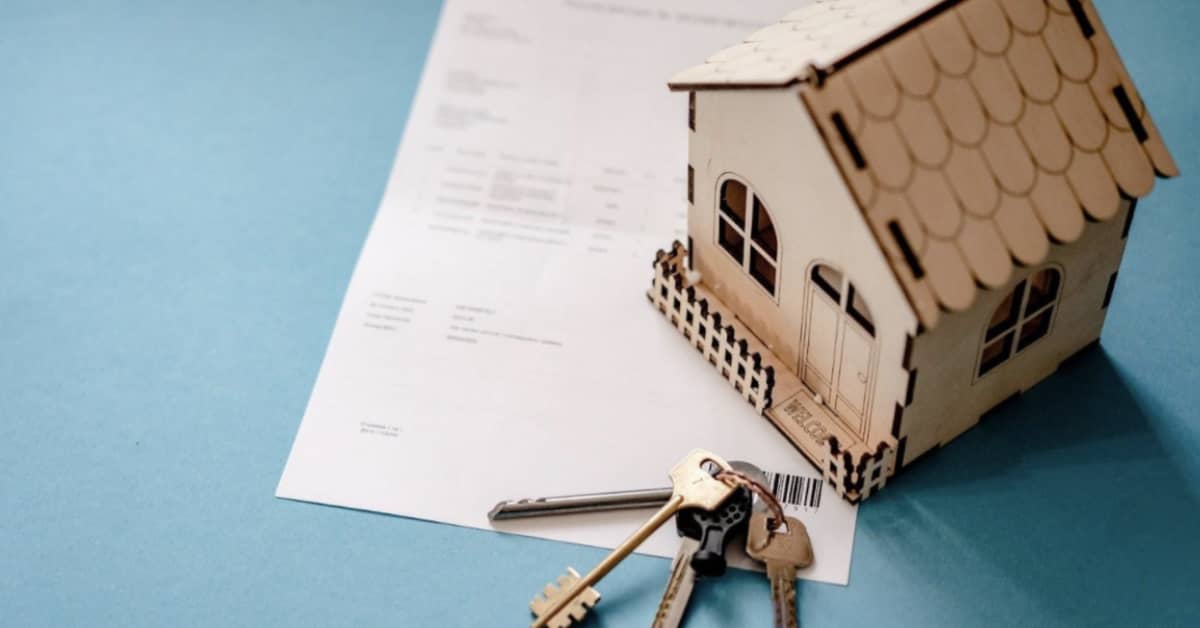A commercial swimming pool often needs a lot more maintenance and care than your average backyard swimming pool. Sometimes, this is due to the massive size of the pool, while other times it may be because of how frequently it used by a large group of people. Whatever the reason may be, maintaining the swimming pools can help organizations and business owners save a lot of money in the long run. Here are 5 common maintenance mistakes that one should avoid when dealing with a commercial pool.
Adding chemicals during the day
Adding chemicals to the pool during the day is perhaps the most common swimming pool maintenance mistake. Chemicals, including liquid chlorine, work a lot better if you add them after sunset. Keep adding chemicals during the day and you will find that they are not as effective as you had hoped. Also, the chemicals you have added will not last for too long and will have to be replenished often, casing maintenance costs to go up. Add chemicals during the night and you will find yourself spending a lot less money on purchasing them.
Letting the pH levels soar
What is the point of adding chlorine to the pool if it isn’t allowed to do its job? In order for chlorine to be active, the pH level of the pool water has to be within a favourable range. As a rule of thumb, never let the pH level go above 8.0. This is the extremely common in commercial-sized swimming pools where pH levels tend to soar. If the pH level hits 8.5, the chlorine is only 10-15% active, which makes adding chlorine to the pool water an exercise in futility.
Backwashing filters too often
The filters in a swimming pool work best when they are clean. However, in the name of maintenance, the DE and sand filters are often over-cleaned. This is one scenario where it is actually possible to have too much of a good thing. As long as the needle in the pressure gauge is sitting on ‘clean’, there is no need to backwash the filters; the backwashing won’t do any good and you’ll just end up wasting a lot of water. When the pressure goes up by 8 psi, that’s when the filters should be backwashed.
Not running the pumps long enough
In an effort to save money on power bills, it is not uncommon to run the pumps for short durations. However, though you will be saving on electricity, the swimming pool will suffer. Circulation is crucial for ensuring a good swimming pool and not leaving the pumps running for long enough is a major oversight. Generally, leave the pump running for an hour for every 10 degrees.
Failing to maintain chlorine generators
Ignore cleaning the chlorine generators for too long and it will end up damaging the salt water system cells. If the cells get corroded or calcified, the will not generate chlorine and you will have to spend a small fortune to get them replaced. Clean the cells regularly to prevent calcification and check them at least once a month for signs of corrosion.
Avoid these 5 common gaffes and your commercial pool will be perfect for a long time to come.
Author of this post, Ashley Parker is an architect who specializes in landscape design. Her latest achievement is the award-winning design of a giant garden and pool area of a luxury hotel. She collaborated with commercial pool builders to incorporate an infinity swimming pool as a part of the design. Her hobbies are writing and cycling.







